Consolidation and practice
These resources are to support children in guided or independent work. Roll over the highlighted resources for a description.
Multiplication facts

This interactive teaching program (ITP) is an ICT-based tool to support the exploration of multiplication and division. Multiplication facts ITP allows the child or teacher to represent multiplication facts as a rectangular array and as steps on a number line.
Grouping
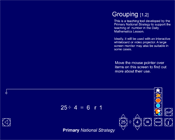
This interactive teaching program (ITP) is an ICT-based tool to support the exploration of division. Grouping ITP allows the child or teacher to model division as grouping and to link this process to jumps on a number line. It can also be used to introduce children to remainders and to apply their knowledge through setting similar problems that can be solved using the image displayed.
Number dials
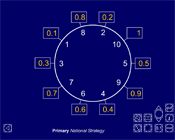
This interactive teaching program (ITP) is an ICT-based tool to support the exploration and recall of multiplication and division facts. Number dials ITP allows the child or teacher to generate sets of products of a central number and numbers from 1 to 10. The ITP can be used to practise multiplying and dividing by one-digit and two-digit whole numbers and decimals.
Multiplication board
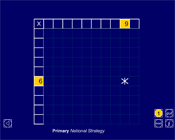
This interactive teaching program (ITP) is an ICT-based tool to support the exploration of multiplication and division facts. Multiplication board ITP allows the child or teacher to represent the product of two numbers as an array, displaying the product and factors.
Multiplication tables
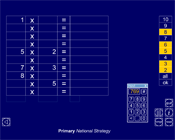
This interactive teaching program (ITP) is an ICT-based tool to support the exploration of multiplication facts. Multiplication tables ITP allows the child or teacher to set up one or more multiplication tables, hiding or revealing either of the factors or the product. Decimal numbers can be explored using the keypad.
Confirming learning
- Is 354 a multiple of 10, 5 or 2? Explain how you know.
- The answer to 4 ×
 lies between 25 and 35. What numbers could go in the circle?
lies between 25 and 35. What numbers could go in the circle?
- How can you use the fact 7 × 3 = 21 to find the answer to 7 × 6?

 Knowing and using number facts
Knowing and using number facts





 = 120
= 120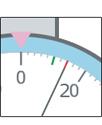
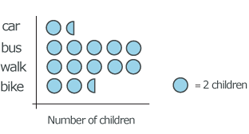
 lies between 25 and 35. What numbers could go in the circle?
lies between 25 and 35. What numbers could go in the circle?